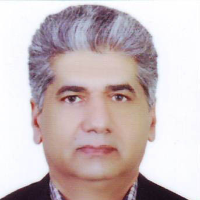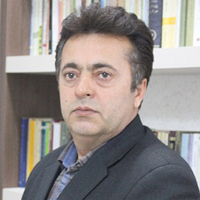A Research on Chronology and Function of Qalʻeh Geli Kaj in Qom
Qalʻeh Geli Kaj site, located in 50 km northeast of Qom, with an area of about seven hectares, is one of the most important settlements in the historical period of Qom region. This site, which consists of two parts of the central castle and the remains of the settlement around it, is of special importance in archaeological studies and the history of Iranian architecture in terms of architectural features and various techniques of arch construction. Despite the scattered research that has been done about this site, there are still various questions about the dating, use and also the factors influencing the formation, development and abandonment of this place. The present study aims to answer the existing questions and ambiguities by using the archaeological evidence obtained from the superficial survey of the site and studying the written historical and geographical sources. Therefore, the method used in this research is based on historical analysis and data collection based on field and documentary studies. According to the results, the location of Qalʻeh Geli Kaj, next to one of the sub-branches of the Silk Road (Isfahan to Rey road) and the need to provide the people’s own and financial security of commercial caravans, have been among the main factors of this site’s formation and development. In fact, the initial nucleus of Qalʻeh Geli in the Parthian period was formed as a facility related to the communication road around it, and during the Sassanid period, as a result of the expansion of trade relations, it became a small town. With the arrival of Islam in Iran and following the recession of economic activities, living in Qalʻeh Geli also declined for several centuries; but after the coming to power of the Seljuks and re-advert to trade affairs, with the reconstruction of the architectural structures of Qalʻeh Geli and the construction of a stone caravanserai on its southeastern side, this town was rebuilt. The Seljuk settlement of Qalʻeh Geli is not the last stage of settlement in there and according to archeological evidence, it was also used during the Ilkhanid and Safavid periods; but it has never regained its previous glory. Finally, with the construction of a new communication road between Qom and Tehran in 1882 AD Qalʻeh Geli was also abandoned.
- حق عضویت دریافتی صرف حمایت از نشریات عضو و نگهداری، تکمیل و توسعه مگیران میشود.
- پرداخت حق اشتراک و دانلود مقالات اجازه بازنشر آن در سایر رسانههای چاپی و دیجیتال را به کاربر نمیدهد.



